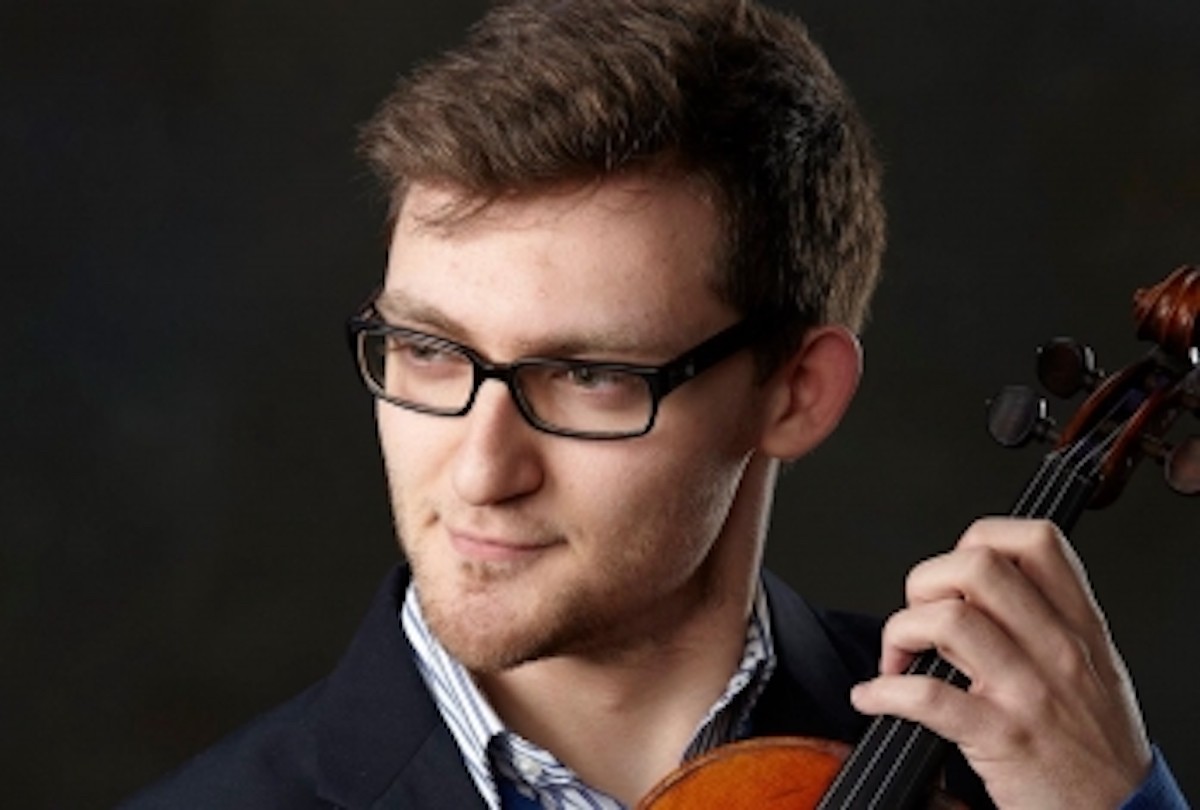I’ve never liked the word “dialogue” used as a verb referring to the act of having a conversation. Too much like a script. Too predictable. Too calculated. Maybe a dryness that just plain conversation doesn’t have, especially a musical conversation, which is what chamber music is meant to be.
Cesar Franck’s “Sonata in A major for Violin and Piano” has always impressed me as being in the “dialogue” category, even though it’s considered one of the finest sonatas for violin and piano ever written. Certainly one that every new violinist wanting to impress an audience on his first performance would choose.
As well played as it was by the KSO’s new concertmaster, William Shaub, and pianist Kevin Class at the opening concert on this season’s Concertmaster Series last night at the Knoxville Museum of Art, it’s likely that few in the audience may have agreed with me.
However, Maurice Ravel did. He criticized Franck’s music for being “scholisme,” meaning a particular form of intellectual dryness that robbed music of any proper feeling.
The piano part in the “A Major Sonata” is particularly complex and difficult. Class played it perfectly. Shaub played the violin that way too.
The same could be said for Pablo De Sarasate’s “Spanish Dances,” Op. 2.
It’s not that the acoustics of the Great Hall at the Museum of Art are dry and cold. Actually, despite its visual appearance, the sound in the room is warm and embracing.
But, in spite of the context of the exercise, the sonata felt like a perfectly played exercise, not real “music” in Ravel’s sense, a point that seemed even more true after hearing the wonderful playing of Beethoven’s “String Quartet No. 4 in C Minor,” Op. 18 by Shaub, second violinist Edward Pulgar, violist Kathryn Gawne and cellist Andy Bryenton.
As gorgeously played, from a technical point of view, as the Franck sonata and the Sarasata were, it was, otherwise, all the musical things they weren’t.
It was truly conversational, with vibrant exchanges, even of the kind that take place among people who know each other so well they finish each other’s sentences. The final 15 bars of the first movement, labeled “Allegro ben moderato,” were friendly and confident.
In the “Allegro,” second movement, the little tit for tat at the beginning was full of delight and good humor.
The fourth movment, “Allegro poco mosso,” featured a discussion in which a point was made by the cello, vigorously discussed between the second violin and viola, and responded to with squeals of delight from the first violin.
It was a joy to hear.

